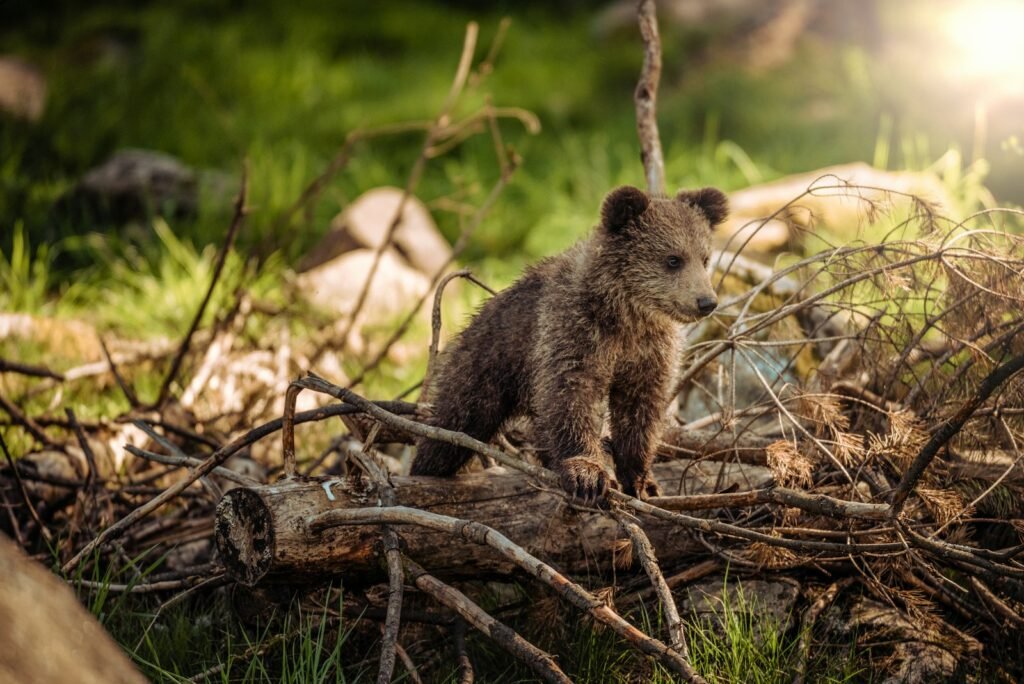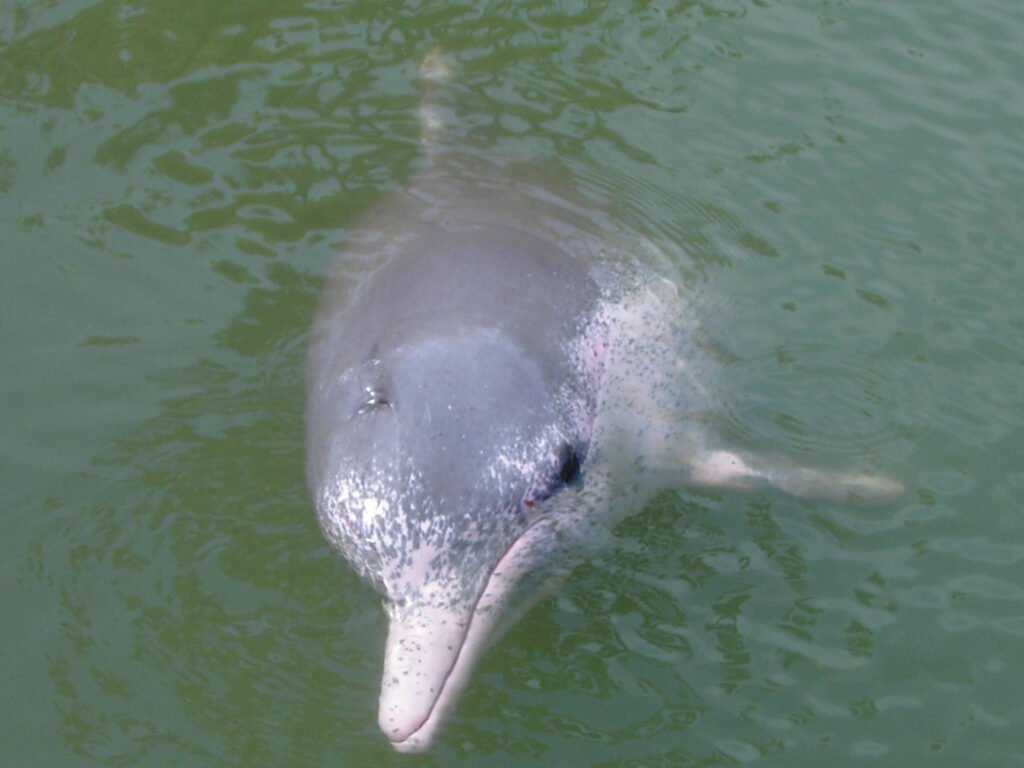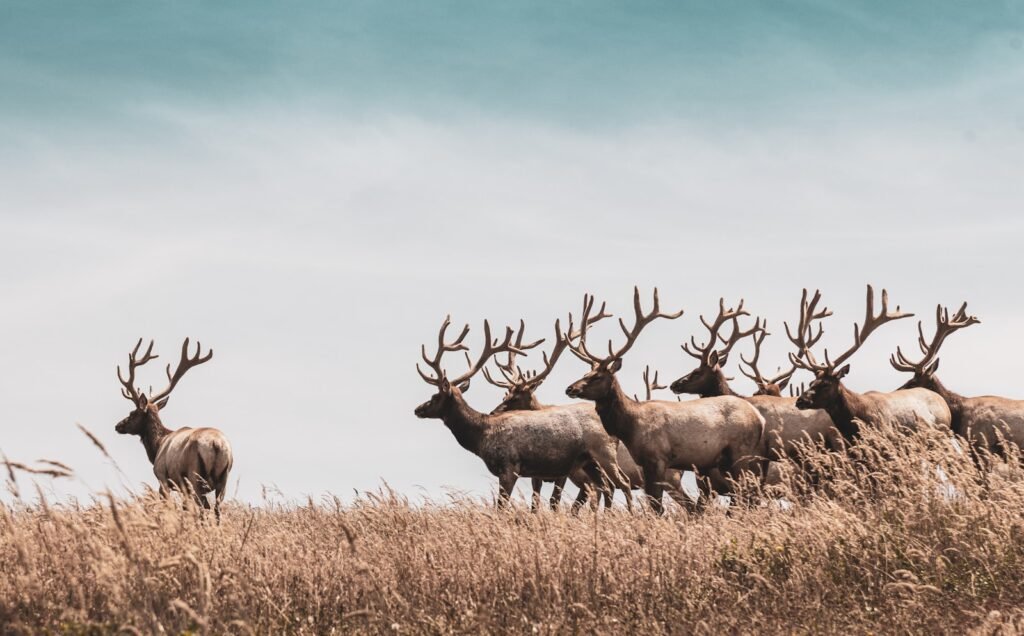On a moonless night in November, a shadow the size of a kayak glides above broken limestone on the Detroit River bottom, and the water suddenly feels old again. The Great Lakes have a way of hiding their secrets, but some of the rarest still move in the dark – sturgeon older than our grandparents, deepwater fish with lantern eyes, and eels that remember the ocean. After a century of upheaval from dams, pollution, and invasive species, these survivors persist, and in a few places they’re even rebounding. The mystery isn’t just that they’re here; it’s how we finally learned to read their signals and rebuild the habitats they need. This is the story of quiet comebacks, late-night science, and the work still ahead.
The Hidden Clues

Here’s the jolt: in the St. Clair–Detroit River corridor, lake sturgeon now spawn on reefs we built because the original limestone beds were dredged away a lifetime ago. Biologists sift jar traps for eggs the size of peppercorns, a proof-of-life that felt impossible a generation back. The numbers aren’t blockbuster, but they’re steady – the kind of steady that means future adults are already on their way.
New sonar passes map rock piles like archaeologists reading a vanished city, and the results are surprisingly hopeful. In recent assessments, this binational corridor holds the largest Great Lakes population of sturgeon with unimpeded lake access, a crucial anchor for regional recovery. The lesson is blunt: when we rebuild habitat – clean gravel, right flow, space to breathe – the fish show up.
From Ancient Survivors to Modern Science

Lake sturgeon are living fossils, armored fish that can outlast careers and sometimes outlive us, yet they fell faster than anyone thought once nets, dams, and waste hit their rivers. A century later, recovery work is equal parts engineering and patience – reef construction, dam passage, contaminant cleanup, and tight harvest rules stitched together across watersheds. Partners now track adults with acoustic tags, follow larvae drifting at night, and adjust flow releases below dams so eggs don’t suffocate.
That same forensic mindset brought another comeback into focus: deepwater sculpin in Lake Ontario were presumed gone, then turned up in trawls and kept rising as surveys expanded into colder depths. The story wasn’t a miracle as much as a better search image – more sampling offshore, more years of data, more humility about what the lake hides below 300 feet. In science, absence of evidence isn’t evidence of absence, especially in a lake that can swallow Manhattan and still have room to spare.
The Quiet Deep
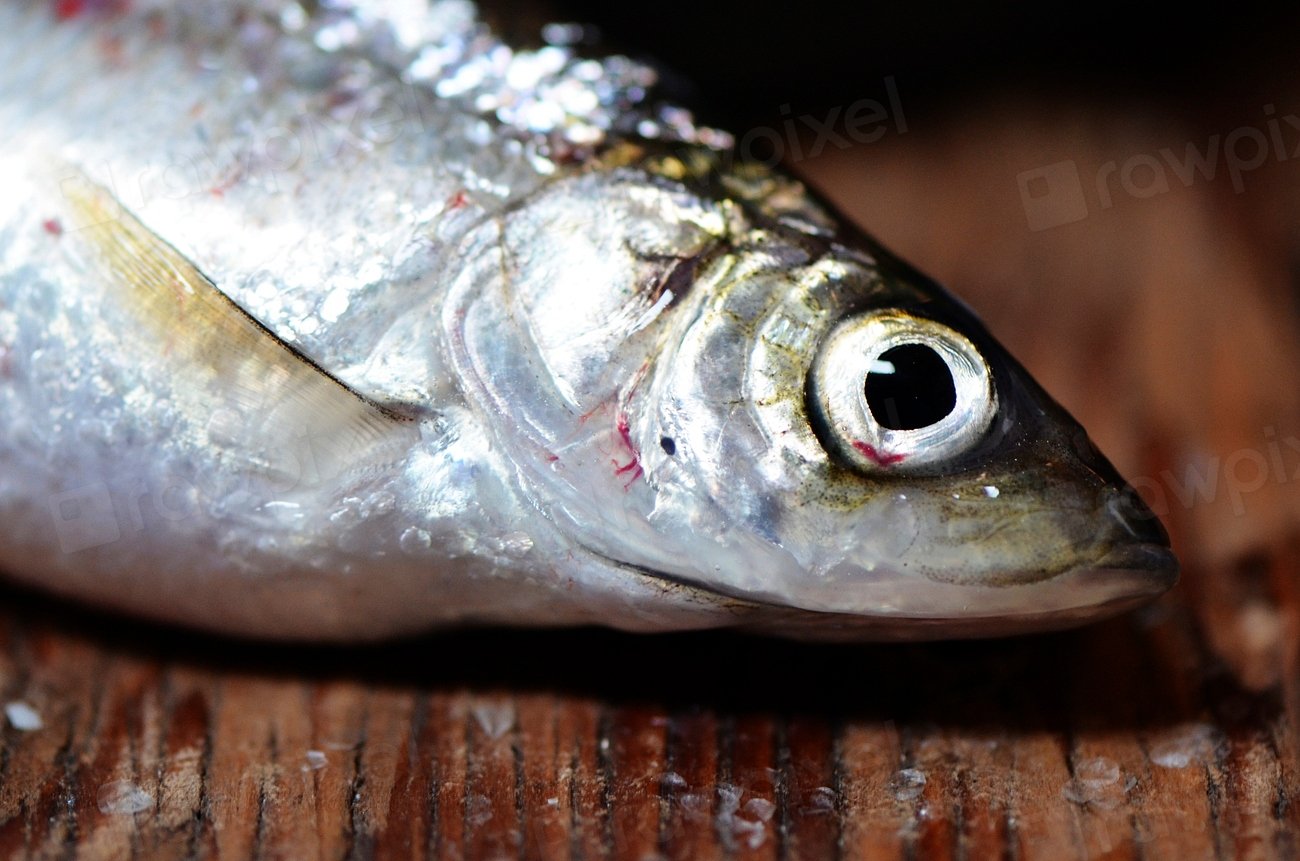
Some Great Lakes fish are made for the abyss, and none feels more spectral than kiyi, a slender, silver cisco that prefers winter and water deeper than a skyscraper is tall. Kiyi vanished from Lakes Michigan, Huron, and Ontario decades ago, but they persist in Superior, where recent surveys found unprecedented survival of the 2022 year class – exactly the kind of pulse that can echo through the food web for years. If you’ve never heard of kiyi, that’s the point: they’re part of the hidden machinery that feeds trout and whitefish.
Reintroduction talk is serious now, backed by fresh data on spawning windows – late December to January when surface water cools near freezing – and depths that would make a diver’s head spin. Managers are cautious, in part because the Lake Ontario form is considered extinct, but Superior’s playbook is detailed enough to guide future collections and propagation if greenlit. The deep may be quiet, but it isn’t empty, and our sampling finally matches the depths these fish call home.
Lost and Found in the Cisco Family

The coregonines – the Great Lakes’ whitefish and cisco clan – were once the steady hum of the food web, a conveyor belt of energy from plankton to predators. Overfishing, invasive alewife, and habitat shifts thinned that chorus until some voices faded out entirely. Then came the long, careful work of restocking and habitat sleuthing: bloater, a deepwater cisco, is being restored to Lake Ontario with more than a million fish stocked in the last decade and telemetry showing they disperse quickly to historical depths. It’s not mission accomplished, but it’s not guesswork either.
Elsewhere, native cisco have surged in Lake Michigan, helped by changes in predation pressure and better management. Across the basin, researchers are building a shared framework to tackle thorny issues – taxonomy, genetics, and which populations to prioritize – so we don’t repeat past mistakes. Restoration now looks less like a single lever and more like a control panel, each switch tuned to a lake’s quirks.
A Tale of Two Journeys

Few fish defy categories like the American eel, born in the Sargasso Sea, raised in Lake Ontario tributaries, and then gone again, slipping downstream past turbines to reach the Atlantic. In Ontario, eels are endangered, and the recovery timeline runs longer than a human career because one eel generation can span two decades. The strategy is relentless and practical: open blocked tributaries, build safer passage, reduce turbine kills, and monitor glass-eel runs each spring.
From a U.S. perspective, the broader stock remains depleted, which makes every returning female in the St. Lawrence-Lake Ontario system disproportionately important to the species’ future. The math is unforgiving, but it’s also actionable: each retrofit and operational change can translate into more silver eels escaping to spawn. Eel recovery is a slow river, but it still moves.
Why It Matters
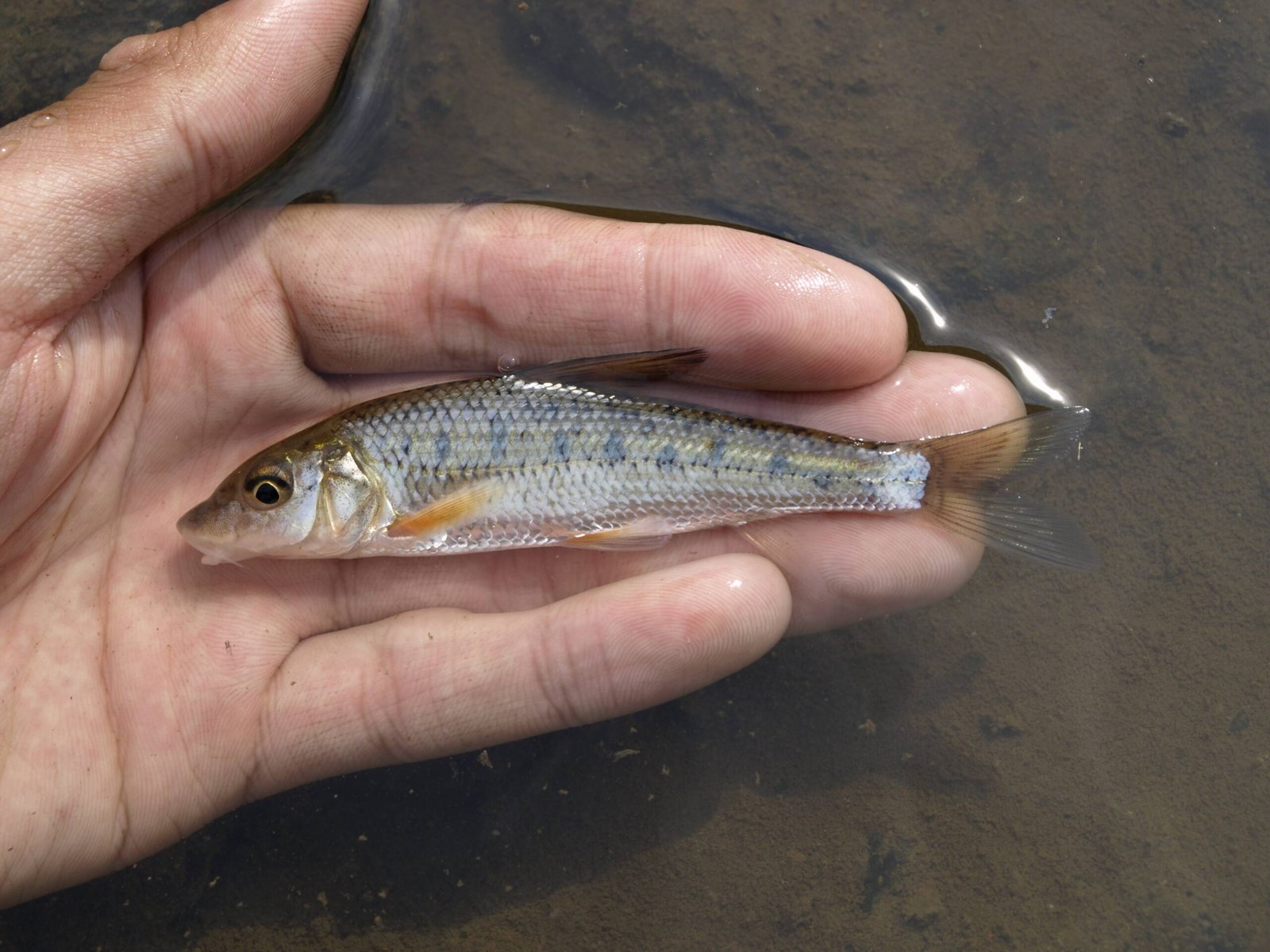
These fish don’t just pad species lists; they wire the lakes together. Deepwater prey like kiyi and bloater ferry energy from drifting plankton to salmonids; sturgeon engineer riverbeds and carry nutrients upstream when they spawn; eels tie the Great Lakes to the Atlantic in a single life. Remove the rungs and the ladder collapses. That’s the difference between a lake that’s merely wet and one that works.
The cautionary backdrop is familiar: sea lamprey, dreissenid mussels, round goby, and warming waters all tilt the odds. Lamprey control – one of conservation’s greatest wins – has cut populations by roughly about nine tenths across most lakes, yet even short funding gaps can echo in higher counts years later. Mussels have rerouted nutrients from open water to the bottom, changing who eats and who starves, while gobies now both prop up and pick apart native recovery depending on the place. Resilience, not mere survival, is the bar.
From Ancient Tools to Modern Tech

Field crews still tow nets and read scales, but the frontier tools are almost sci‑fi: eDNA grabs genetic breadcrumbs from a liter of lake water, AUVs scan reefs with cameras and AI, and acoustic arrays listen for tagged fish slipping through channels at 2 a.m. In the Lower Great Lakes, telemetry has traced stocked coregonines and tracked whether they find the right thermal layers before predators do. That’s crucial because survival hinges on days, not months, after release.
New datasets even train computers to spot gobies in thousands of AUV images, freeing humans to focus on patterns instead of pixels. Pair that with parentage-based genetics, and managers can tell which hatchery families thrive, then tune rearing conditions to boost survival. It’s a quiet revolution: less guesswork, more feedback loops, faster course corrections.
The Future Landscape
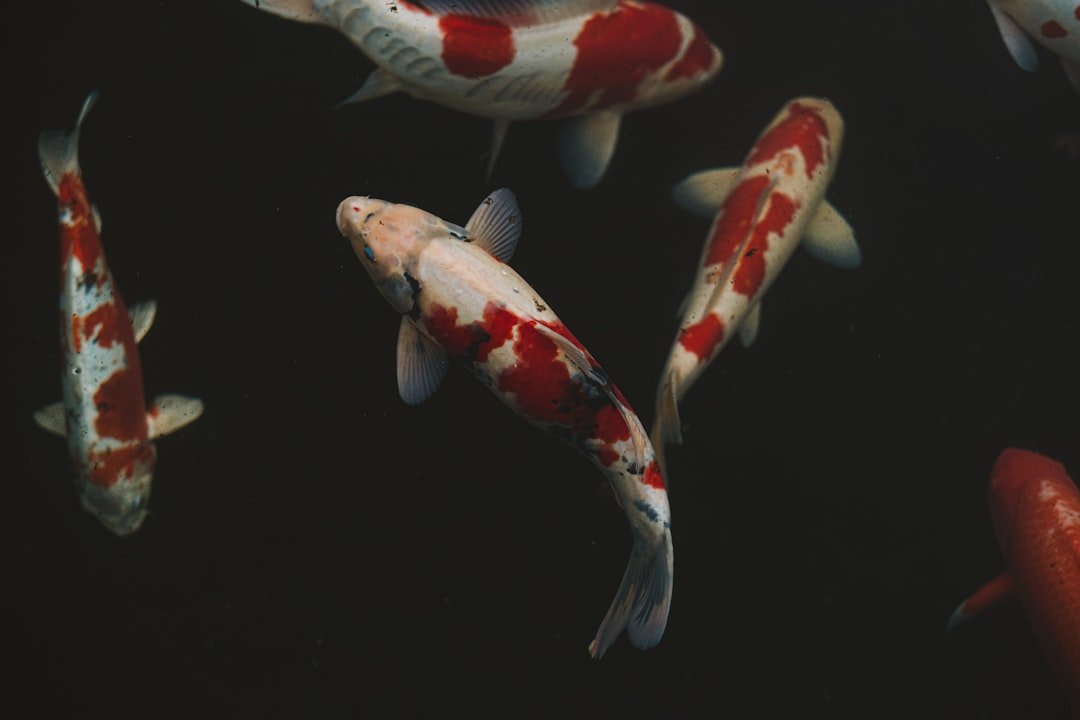
What bends the curve from fragile persistence to true recovery is habitat – spawning shoals rebuilt, wetlands reconnected, and toxic hotspots cleaned to the sediment’s last inch. The Detroit River is a case study: offshore shoals and barrier islands now guard more than twenty acres of nursery water, and fish found the gravel almost as soon as the barges left. Across the basin, grant streams through the Great Lakes Restoration Initiative are financing the unglamorous work that pays off a decade later.
The to‑do list is long: climate‑proofing coldwater refuges, keeping lamprey pressure from rebounding, threading fish passage through old dams, and seeding cisco diversity without diluting what’s left. But the arc is clearer now, and the science is nimble enough to pivot as lakes change. Recovery won’t look like 1900 – it will look like a modern food web that still hums in key places. That’s a win worth chasing.
How to Help

Start with habitat where you live: join a shoreline planting or wetland cleanup, and let native vegetation stay messy enough for fish nurseries to thrive. Support dam removal and fish‑passage retrofits when they’re proposed, especially on tributaries feeding Lakes Michigan, Huron, Erie, and Ontario. If you fish, learn your invasives and never move live bait between waters; small habits close big doors to hitchhikers.
Back the science – volunteer for community monitoring projects, champion GLRI and state restoration funding, and keep an eye on local AOC cleanups moving toward delisting. Curiosity is a conservation tool, too: visit a sturgeon festival, tour a hatchery, or ask your local agency about reef projects. The lakes remember; we just have to give them something worth remembering

Suhail Ahmed is a passionate digital professional and nature enthusiast with over 8 years of experience in content strategy, SEO, web development, and digital operations. Alongside his freelance journey, Suhail actively contributes to nature and wildlife platforms like Discover Wildlife, where he channels his curiosity for the planet into engaging, educational storytelling.
With a strong background in managing digital ecosystems — from ecommerce stores and WordPress websites to social media and automation — Suhail merges technical precision with creative insight. His content reflects a rare balance: SEO-friendly yet deeply human, data-informed yet emotionally resonant.
Driven by a love for discovery and storytelling, Suhail believes in using digital platforms to amplify causes that matter — especially those protecting Earth’s biodiversity and inspiring sustainable living. Whether he’s managing online projects or crafting wildlife content, his goal remains the same: to inform, inspire, and leave a positive digital footprint.


